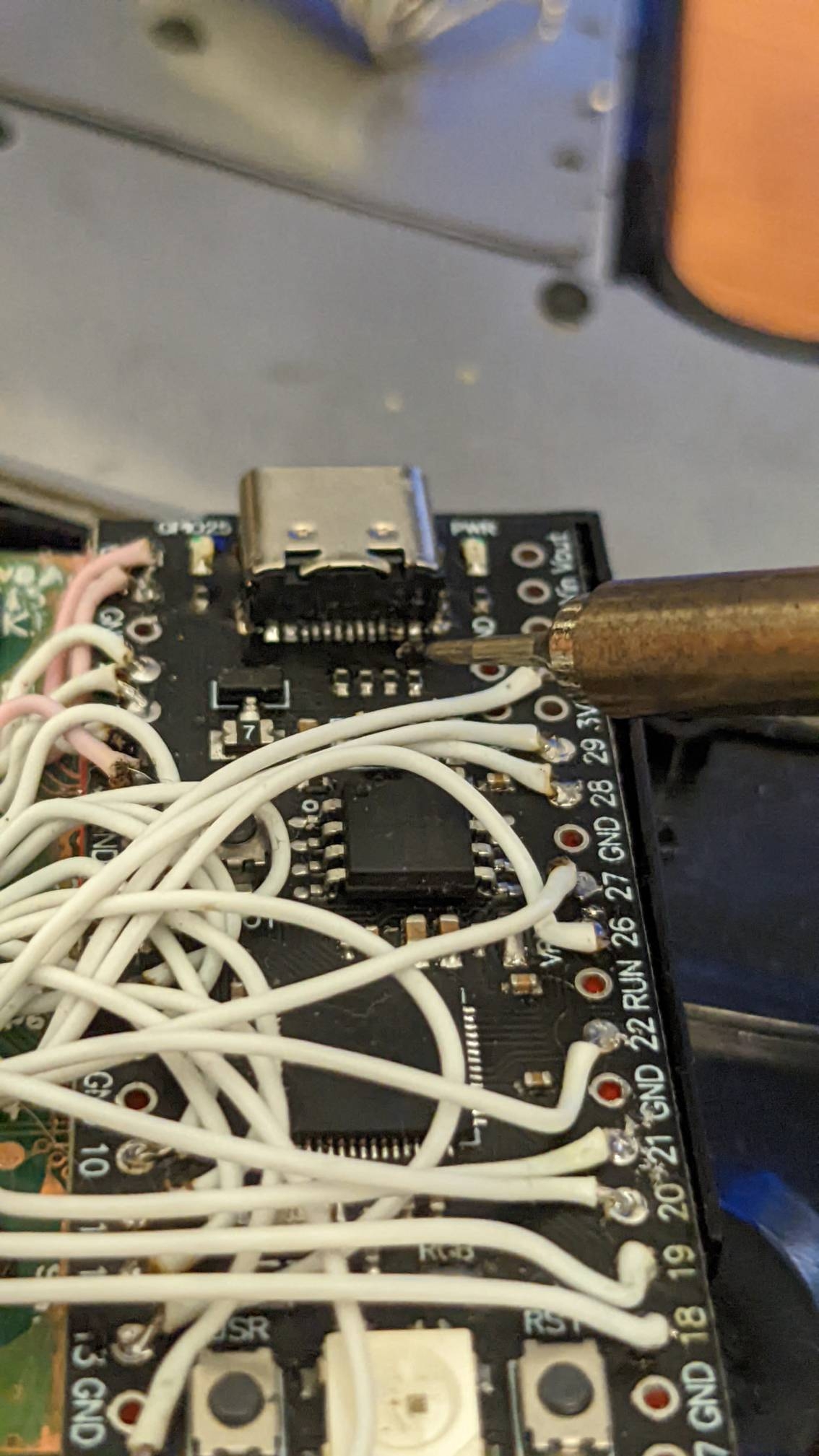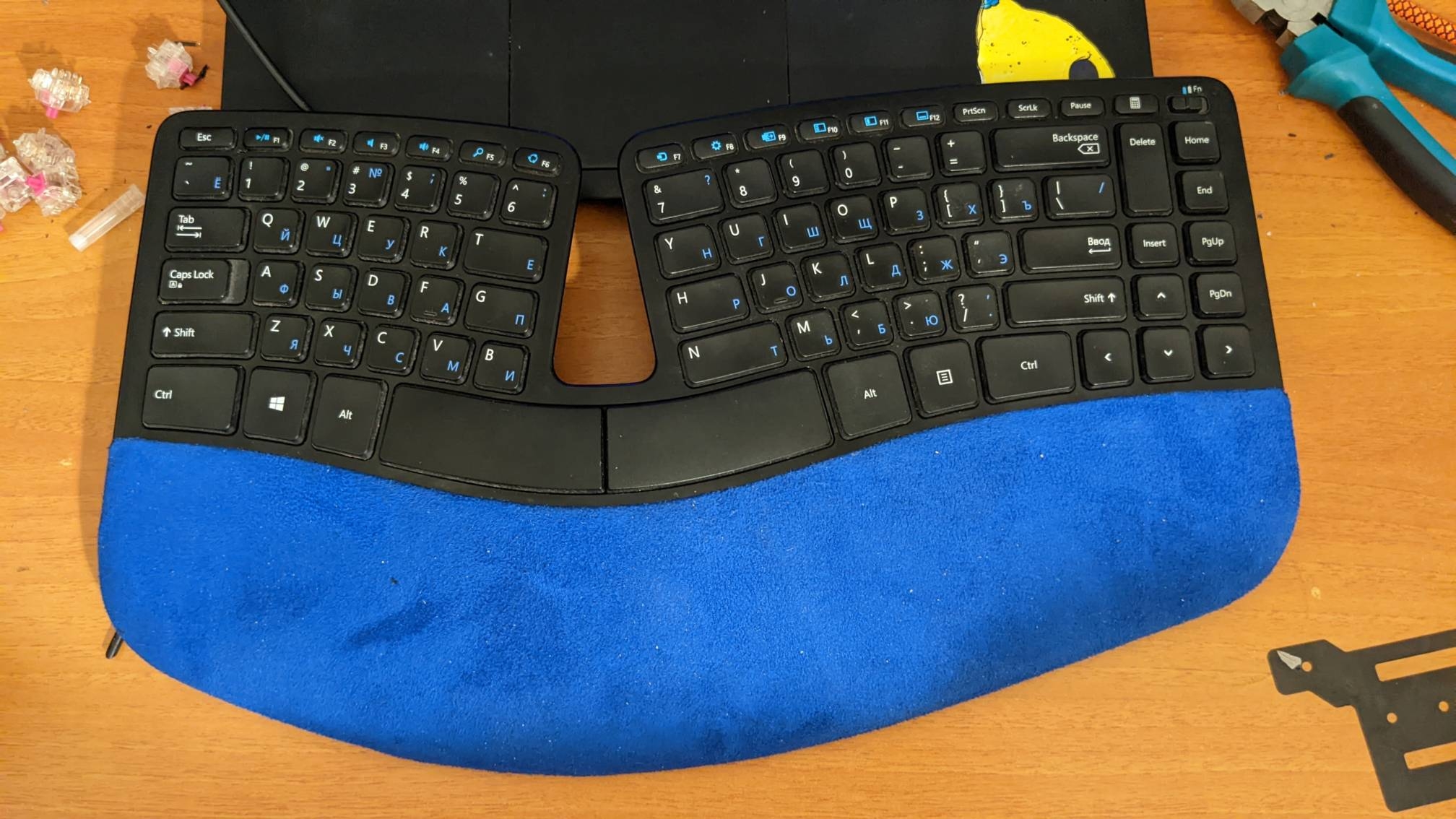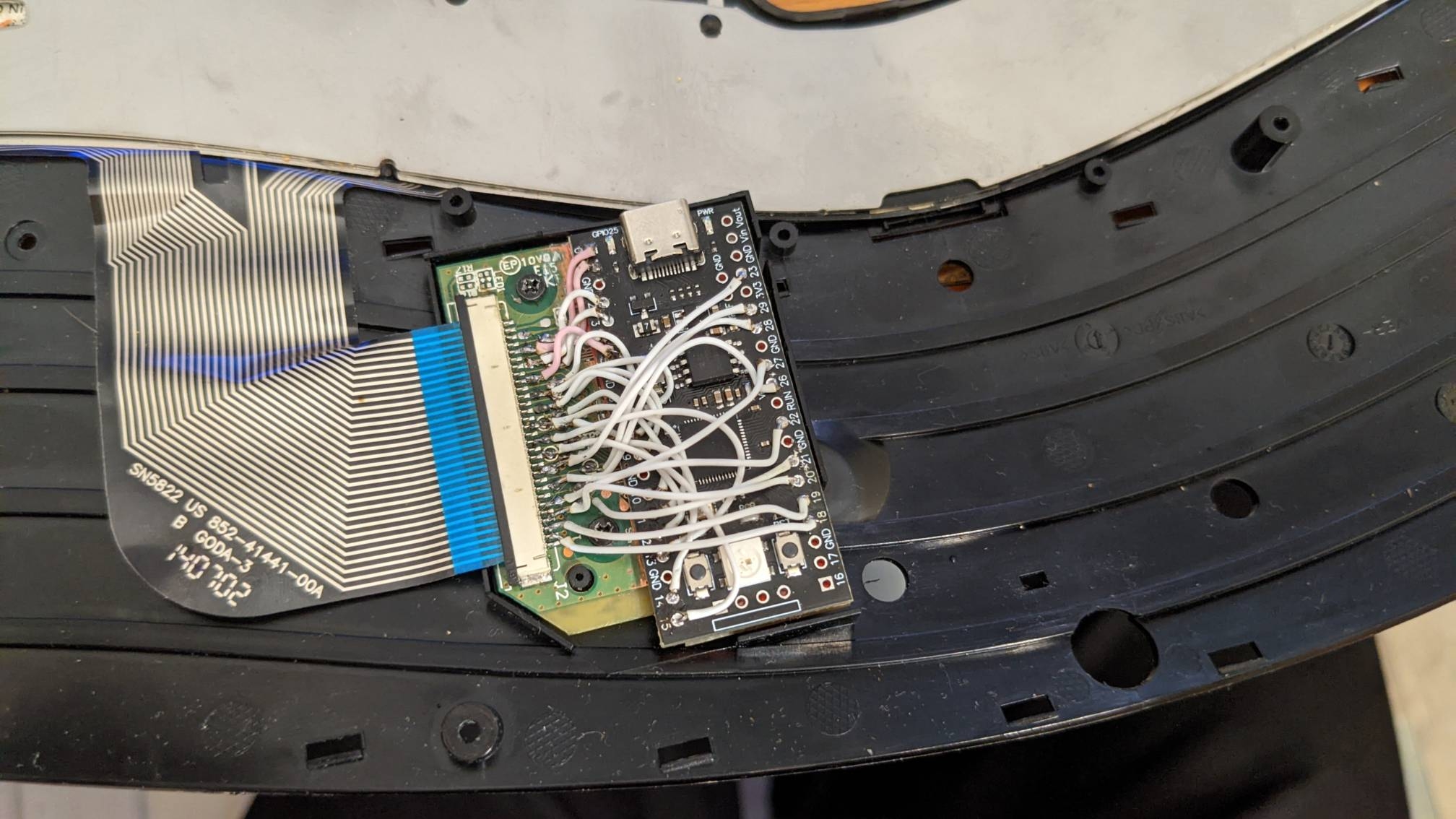You mean searching github with "lang:nix"?
fl42v
I mean, VHEMT is a great ideology and ever, but the dude seems to have missed the "voluntary" part.
Welp, I'm into neither stockings nor potato bags. Just plain straight preferably black jeans with deep pockets
It's feRd
I propose renaming him to Ben Chapitau. Much more suitable for a clown.
In my case it was soundcore's app (no, openscq30 didn't work), so it had a need for network access to update the firmware, for example, I just didn't want to give it at the moment. As for being poorly made, also not exactly: as I've mentioned, android gives this permission by default, and it's reasonable to assume it stays so. Graphene basically "breaks userspace" here.
I remember some particular apps not liking that one. Basically it exposes the permission that's otherwise always granted, and if the developers didn't make a catch all for network errors, the app crashes. Mobile data usage → allow network access favors better in that regard.
As always, the answer is "depends". It shouldn't hurt unless you're dual-booting windows (they used it last year as a weapon in their "mess up grub" game), but, Imo, it's worth the trouble if:
- your data is also encrypted -- otherwise one just removes the HDD/SSD and reads what they need;
- you provision your own keys -- to not depend on Microsoft signing shims for you;
- you delete the already provisioned keys -- Microsoft signed a few vulnerable things, like one kaspersky's (iirc) live CD with grub not locked down, so one can boot up literally anything anyway;
- you lock down grub or whatever bootloader you're using -- otherwise you become that vulnerable live cd;
- you password lock the uefi -- otherwise one can simply disable the secureboot;
- your vendor's implementation isn't terribly buggy -- iirc, some MSI laptops would just ignore all the discrepancies.
So, a lot of ifs, and a necessity to store the uefi password somewhere safe, as those may be a pita to reset.
As for standalone stuff -- idk, it might protect you from malware injecting itself into the bootloader or something, but given there's likely no chain of trust (I.e. the bootloader doesn't check what it bootloads), it can move in on some later step.
You're confusing libreness with centralization, I suppose? AFAIK, signal's serverside is technically FOSS.
Not a signal alternative, but an alternative signal client, tho
This, but backtrack 5 (the one just before kali). On a laptop that'd take several eternities to brutforce an md5 🤣







Richard, maybe